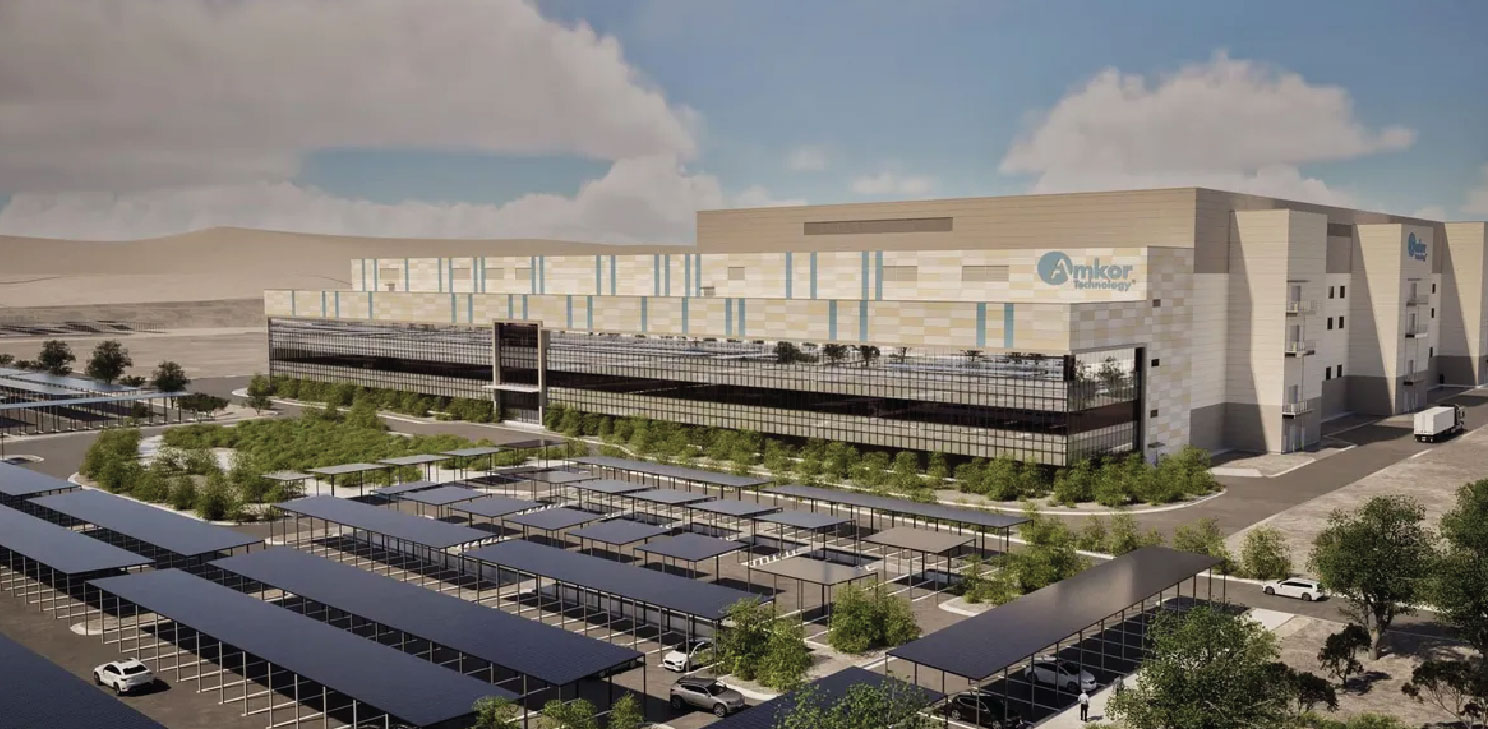Autonomous off-highway vehicles promise increased productivity and reduced human error. However, while removing the driver may eliminate certain risks, it also introduces new safety challenges that demand careful consideration.
Changing the Nature of Hazards
Conventional hazards like braking failure, falling objects, or stability issues still exist in autonomous vehicles, but their consequences can differ. Without a human operator on board intervene in an emergency, incidents may escalate more quickly. For example, an autonomous vehicle experiencing brake failure will typically follow its programmed path rather than manoeuvre to minimise damage.
Sensor and Perception Limitations
Rain, fog, dust, and poor lighting can impair cameras, radar, and lidar sensors. Objects may be missed due to their position, shape, or reflective properties, and blind spots can allow people or machinery to enter danger zones undetected. While indoor automated guided vehicles can rely on high-performance safety scanners, the higher speeds and harsher conditions outdoors demand more comprehensive systems which may not be available or utlised in the vehicle.
Communication and Control Risks
Most autonomous off-highway vehicles depend on constant communication with a central fleet management system. Failures in navigation data, digital terrain maps, or message transmission can lead to hazardous movements, such as entering restricted areas or colliding with other machines. Cybersecurity is also a growing concern, a malicious attack could cause dangerous, uncontrolled actions.
Human Interaction and Access Control
Fully isolating an autonomous operating zone is often impractical as maintenance tasks, supervision, and troubleshooting can often require humans to enter the operating area. If access control systems fail, unauthorised personnel or conventional vehicles may enter the autonomous zone, creating collision risks. Emergency procedures must also allow for safe and rapid evacuation without compromising normal safety barriers.
System Complexity and Reliability
Modern autonomous systems combine multiple subsystems. Each layer adds potential points of failure. Design errors, inadequate safety performance levels, or incomplete software updates can introduce vulnerabilities.
Conclusion
Autonomous off-highway vehicles can improve safety by reducing human error, but they also bring a new kind of hazards. Effective safety management requires a comprehensive approach to risk assessment which adapts as technology progresses and operating areas change over time.
To discuss the future of autonomous off-highway vehicles, hear keynote speeches about the latest innovations in the field, and visit a wide array of exhibitors, book your place to attend AOMTUSA – the 5th Autonomous Off-Highway Machinery Technology Summit taking place in Louisville, Kentucky, USA on December 10-11, 2025.
For more information, click here or email us at info@innovatrix.eu for the event agenda. isit our LinkedIn to stay up to date on our latest speaker announcements and event news.









